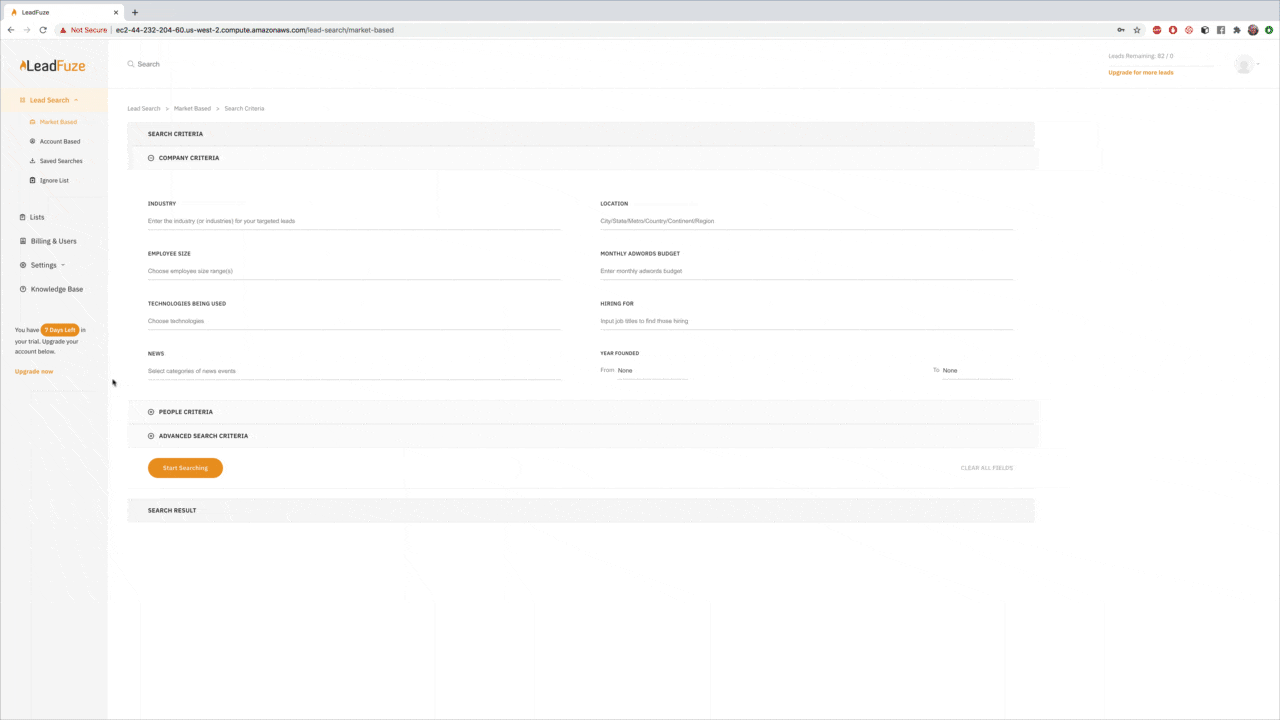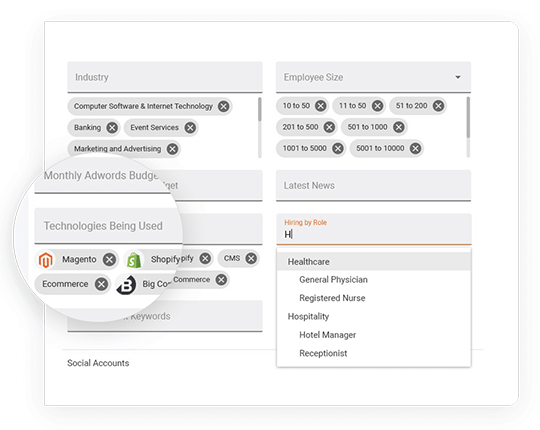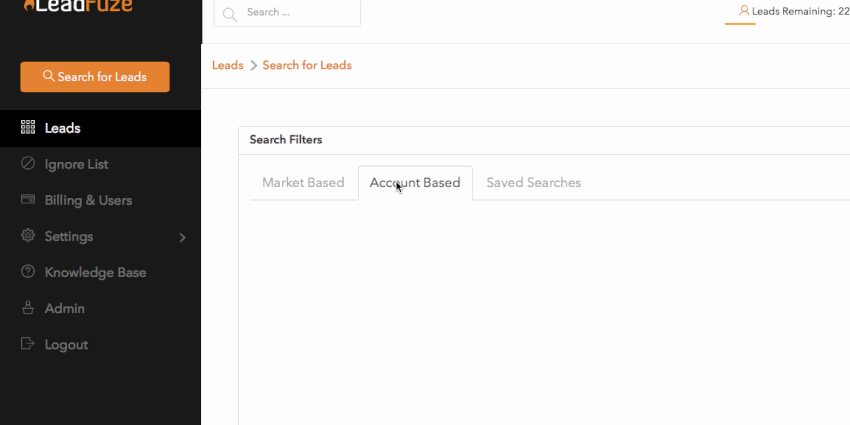What Is a Self-Introduction Email?
A self-introduction email is a message you send to people who do not know you telling them who you are. Most times you have a reason to initiate contact with the person you are sending the self-introductory email. These emails are usually unsolicited.
The recipient of the email can be a prospective employer or a sales prospect, or a news reporter. If you’re sending sales outreach campaigns for your business, the first one should be an email to introduce yourself.
Why Should you Introduce Yourself in an Email?
People don’t do business with strangers. Knowing who you are, your background, and how you came to know them puts them at ease. So before you ask something of someone who does not know you, it is good to let them know you first.
By introducing yourself, you tell the other person you are courteous and care about their privacy because the email inbox is private to the owner. You also get to show off your personality, which creates an instant connection with the person you are writing to.
Sales self-introduction emails are the most common type of self-introduction email you will have to write if you are in a formal setup or pursuing a professional connection. In a sales introduction, it’s best if your first sentence is about who makes up their target audience and what they need.
For example: “I’m writing this self-introduction because I think that my product might be a great solution for [target market]”.
This way you let your recipients know that you’re providing them with a solution for a problem they’re dealing with or something that would make their business more successful.
How to Formally Introduce Yourself via Email – 7 Tips for Successful Email Outreach
The tips below will help you write self-introductory emails the recipient will open and respond to:
1 Find the right contact
Finding the right contact is the primary step in sending your self-introduction email. You are not going to accomplish your goal with the email if you introduce yourself to the wrong person.
You can use email finder tools such as LeadFuze to find your target contact. LeadFuze makes it easy to find people’s contact information by using their name, title, or company.
We’ve built our search engine from scratch so that we know exactly what each company’s employees are called and where they work. No more wasting time sending emails into the void!
With LeadFuze, it only takes one click for you to get in touch with anyone at any company.

2 Write an attention-grabbing email subject line
The subject line is what will determine whether the email you send introducing yourself gets opened or not. If it doesn’t seem interesting enough, your recipient might delete the email without ever opening it. Even worse, they mark it as spam, meaning your email address gets blacklisted from their inbox.
3 Build trust and authority for yourself
Use your introduction email to quickly establish yourself as a trustworthy and knowledgeable person. If you’re sending an introduction email for a job, you can build trust by stating:
- why you are qualified for the position,
- how much experience or expertise you have in certain areas
- why do you want to work for this company
You can also add any other relevant information which may help position you as a trustworthy individual.
If you’re sending sales emails, it’s important to build trust as ultimately that is what builds great relationships. Build trust with your sales introduction email by including links to articles or posts you’ve written and testimonials from other customers about how great their experience was working with you.
It’s worth mentioning too if you have any awards that you or the company has won. This helps establish credibility in an area you are claiming expertise.
4 Explain why you’re reaching out
This is the part the email’s recipient will be most interested in. It tells them why they should read on. Be clear about what you are asking for and the action you require them to take.
If you are cold-pitching, make sure the person you’re sending your email to wants what you’re selling, otherwise, you will just be wasting their time.
If you’re not sure, be upfront about your uncertainty and ask for clarification from them before moving forward with an offer that they aren’t likely to be interested in.
You can collect information about a company using LeadFuze. It does all the hard work of finding contact and company information for you so that you can focus solely on closing deals with them instead of spending precious time digging around looking for it yourself.

5 Ask questions
Asking questions in your self-introduction email increases the response rate and decreases the likelihood of people marking your email as spam.
For example, ask if they are aware that your specific product or service can help solve a problem that is common in their industry. It’ll help you create an email that is personalized to what they may be looking for. As a result, your email will stand out from other unsolicited emails.
If you want to get on a call or meet your recipient in person, it’s best to ask what time works best for them.
6 Say ‘thank you’
Showing gratitude in your self-introduction email is smart and shows you have good manners. It’s an easy way for you to express appreciation to your recipients and show your goodwill.

7 Send follow-up emails
If you don’t get a reply to the first email you send introducing yourself, you must follow up. Email inboxes are more crowded than they have ever been, so your introduction email might have gotten buried before the recipient could read it.
Follow-up emails offer the opportunity for your recipients to get back in touch with you. They also show that you are serious about what you are asking from them. That care and attention help build rapport between the two of you.
How to Write an Introduction for a Self-Introductory Email
Self-introductory emails need introductions of their own. Here’s how you start the email and get the recipient to read the rest of the email:
1 Mention a mutual contact
At the top we mentioned how easy it can be if you had someone who knows both you and the person you are introducing yourself do the introduction. If you can’t get the mutual contact to do this, mentioning them in the email could achieve the same effect.
You must do this tastefully and respectfully, though — don’t come across as demanding or pushy! By mentioning someone they know who will vouch for your skills, expertise, product, or service, you are giving them a reason to give you the benefit of doubt.
Don’t just drop names of people you took from the company’s website. You have to know the person because, if they are diligent, your self-introductory email recipient may follow up with the person you are claiming to be a mutual contact.
2 Personalize your introduction email subject line
Personalizing your subject line is a good way to stand out in the recipient’s inbox. Actually, personalized subject lines have been proven to increase open rates by as much as 50%.
3 Use copywriting formulas
Using copywriting formulas when writing your self-introduction email can make it more effective. For example, the “hero’s journey” formula is a tried and true way to keep your email concise while still providing an engaging narrative for potential clients or employers.
Another copywriting formula to use is the AIDA framework. The AIDA framework consists of four steps:
- Attention: Get your recipient to pay attention.
- Interest: Convince the reader that your email deserves their time. Do this by suggesting or providing an explanation of what they will gain from reading it.
- Desire: Get readers interested enough to perform an action
- Action: Ask your recipient to make an action (reply, book an appointment, buy, etc).
4 Use active voice
Using active voice will help make your email introduction sound confident and more personal. This will also help to grab the recipient’s attention and convince them that you are making an effort to start a real conversation.
Use “you” when referring to them, so your email is easier to read, and so your recipient can visualize what you are saying.
5 Personalize your email content
The body of your self-introduction email should continue on the personalization theme you established in the subject line and introduction. It encourages the recipient to read the whole email, which is what you want them to do to take the action you want them to.
6 Proofread your copy
Proofreading your introduction email copy before hitting send is a must. Sending a self-introduction email that is poorly written and is riddled with all manner of mistakes can only portray you as unprepared and possibly unfit for whatever you are asking for.
Make sure you have checked for spelling errors, typos, and grammar mistakes before sending out the email introduction. It doesn’t hurt to go over it twice or thrice to make sure you have covered everything and the tone is just right.
How to Formally Introduce Yourself via Email: 7 Use Cases and Examples
Not feeling inspired enough to write a self-introductory email that grabs the attention of the recipient and gets you what you are looking for? Here are some samples you can copy and use guilt-free:
1 Self-Introduction Email to Client
When introducing yourself via email to a new client or prospect, you should first ensure they know who you are.
This means including your name or company in the opening sentence of the email to show that this is not a mass mailing, but instead something personal and customized for them specifically.
Once it’s clear “you” have their attention, you can start introducing yourself even further before moving on to any other points: what services/products you offer as well as how these will benefit your client.

Here is an introduction email example to learn from.
“Hello, Jane,
I hope you had a great weekend! My name is Samantha and my company – XXX Digital – offers digital marketing services.
We specialize in helping small businesses connect with their customers and build their visibility online. Our packages are designed to be affordable for any budget. We give every client individual attention no matter what package you choose.
We would love to help your company get more visible to potential clients so you can grow your sales. If this sounds like something you would want to invest in, kindly email me back at your earliest convenience.
Thank You!”
Samantha Jones – Marketing
2 How to write a new sales rep introduction email
A sales rep’s introduction email should be written in a friendly, yet professional tone. You typically write this self-introductory email when replacing a rep from your company who is leaving or assuming a new post.
Here is an introduction email template you can use:
“Hi [name],
My name is John Smith. I am a colleague of Tom Evans who has been your contact person at our company for the last few years. Tom is retiring and I will be taking over his accounts.
I have been with the company for three years and have worked closely with Tom for the last six months during which time I have learned quite a bit about your company. I hope we can continue with the same cordial relationship you built with Tom.
Sincerely,
John
ABC Sales Team
3 How to introduce yourself in an email as a new employee
Starting a new job is always exciting. It can also make you a bit anxious, so writing a self-introductory email to your new colleagues can help break the ice and prepare them for when they meet you in person.
Here is an example of how you introduce yourself to your new team members on your first day at work:
Hi [name],
Good day to you all. I am John, introducing myself as the new ABC Sales Team member. I am excited to be joining the department and am looking forward to working with you all and helping each other reach our sales goals.
John Smith
4 How to introduce yourself in an email for a job
When sending a self-introduction email for a job, it is important to mention your skills and experience and briefly explain why you think you are the right person for the job.
Describing your role at your last job helps the new company learn more about you. Listing your skills and experience in the email shows the recipient that their newest employee is qualified for the role.
If you have attached your CV there is no need to include too many details about yourself as they can easily check it.
You can also include personal facts, like:
- Age
- Marital status
- Residence address
It’s safe to include your hobbies and interests, too. Here is a sample of a self-introduction email for a job:
“Dear {name},
My name is John Smith, 23 years old. I am applying for the Account Executive position that I heard may be open at your company. I believe my skills and experience may be a fit for what you are looking for.
I have attached a copy of my most recent CV and a cover letter to support my application. If you have any questions about my application, please do not hesitate to contact me.
I look forward to hearing from you about the progress of my application.
Thank You
John Smith”
5 How to sell yourself in an email introducing yourself
By selling yourself in an email we mean pointing out the benefits of working with you.
A good way to sell yourself is by highlighting your skills and experience, as well as suggesting any unique qualities or characteristics that make you stand out from others.
With such an email you don’t want to come out as an arrogant person. Instead, lay out your strengths and traits in a humble way. A good ice-breaker is to emphasize how you can help the client or offer an immediate benefit that may be of interest at this time.
Make sure not to lose focus on why they should hire or work with you. Feel free to use this business introduction email template to sell yourself:
Hi {Name},
My name is John Smith. I am writing to fill the vacant position of system administrator that you recently advertised.
I am a highly-skilled web developer with over 12 years of experience in the industry specializing in Ruby-on-Rails and PHP frameworks such as Laravel and CodeIgniter to develop complex websites that are responsive across all device sizes.
I am a fast learner with an adaptable nature. I have previously moved from a job as a CMS software system administrator role where we used Drupal seamlessly to another similar job at an agency that works on WordPress sites.
I have followed your company for a long time and love your work. I believe my expertise is a good fit for the type of work that you do and I would love to be considered for any similar jobs that may be open now or in the future.
Thank You,
John Smith
6 How to introduce yourself in a cold email
Self-introduction in cold emails should be brief and to the point.
You are trying, after all (hopefully) to get an employer’s attention by presenting a concise summary of your experience that is relevant to what they may need at this time. Make sure you do it in 60 seconds or less!
Be clear with your offer to not confuse the person reading your email.
Next, include a sentence that shows you understand the company’s needs and challenges they are facing in their industry or area of work.
This is what will make them want to take the conversation further.
Here is how to formally introduce yourself via a cold email:
Hello,
I am John Smith, the CEO of Company Inc. We have recently expanded our business, targeting new markets, and are looking for distribution partners in the XXXX region. I am an admirer of your work and naturally, your company’s name was the first that came to mind.
We believe there is a real opportunity to benefit both our two companies. I would love to talk about this some more, perhaps via phone or video chat. Let me know what time and date will be most convenient for you.
Sincerely,
John Smith
CEO – Company Inc”
7 How to introduce yourself in an email to a professor
When introducing yourself to a professor via email, it is best to be formal and polite with a brief introduction about yourself.
As a student, you’d want to introduce yourself so the professor can get to know you. You also want the professor’s feedback on your work, so it is important that they can recognize who sent in what assignments or projects for grading.
Here’s a sample of an email you send to a professor introducing yourself:
Dear Professor _____,
My name is John Smith, a student taking your Introduction to Electrical Engineering class. I am writing to formally introduce myself. Your course has been quite an exciting yet challenging learning experience for me!
I am learning a lot and would love to know your thoughts on where I can improve and any other feedback you may have.
Sincerely yours,
John Smith”
How to Find Sales-Qualified Leads to Introduce Yourself to
If you work in sales you will be sending a lot of email pitches to prospects who have never met you. You will admit that finding the right contact information for prospects can be a major pain point.
You likely are overwhelmed with many leads you need to pitch and follow up on as it is to be trawling through LinkedIn and other places looking for contact details for new leads. Luckily there’s a solution.
LeadFuze makes it easy for you to get full contact details for anyone at any company. You can do it in 1-5 minutes via one simple search tool that can be accessed from anywhere.

No more wasting valuable time looking through lists of names manually trying to figure out if this person is who you’re actually looking for.
With LeadFuze we’ve made finding contacts as easy as using Google Search to make sure you introduce yourself to the right contact.
With the correct contact data about your prospect, you can personalize your communication and confidently pitch your product or service.
Build Rapport With Professional Self-Introductory Emails
An introduction email is your only chance to make a great first impression. If you write it well, it can set the tone for a successful long-term association with the recipient.
If poorly written and the email may never get opened, meaning the recipient may never get to know you, which may be a missed opportunity for a sale or important connection. We hope the tips and samples we shared have helped you level up on how you introduce yourself in an email.
Want to help contribute to future articles? Have data-backed and tactical advice to share? I’d love to hear from you!
We have over 60,000 monthly readers that would love to see it! Contact us and let's discuss your ideas!

